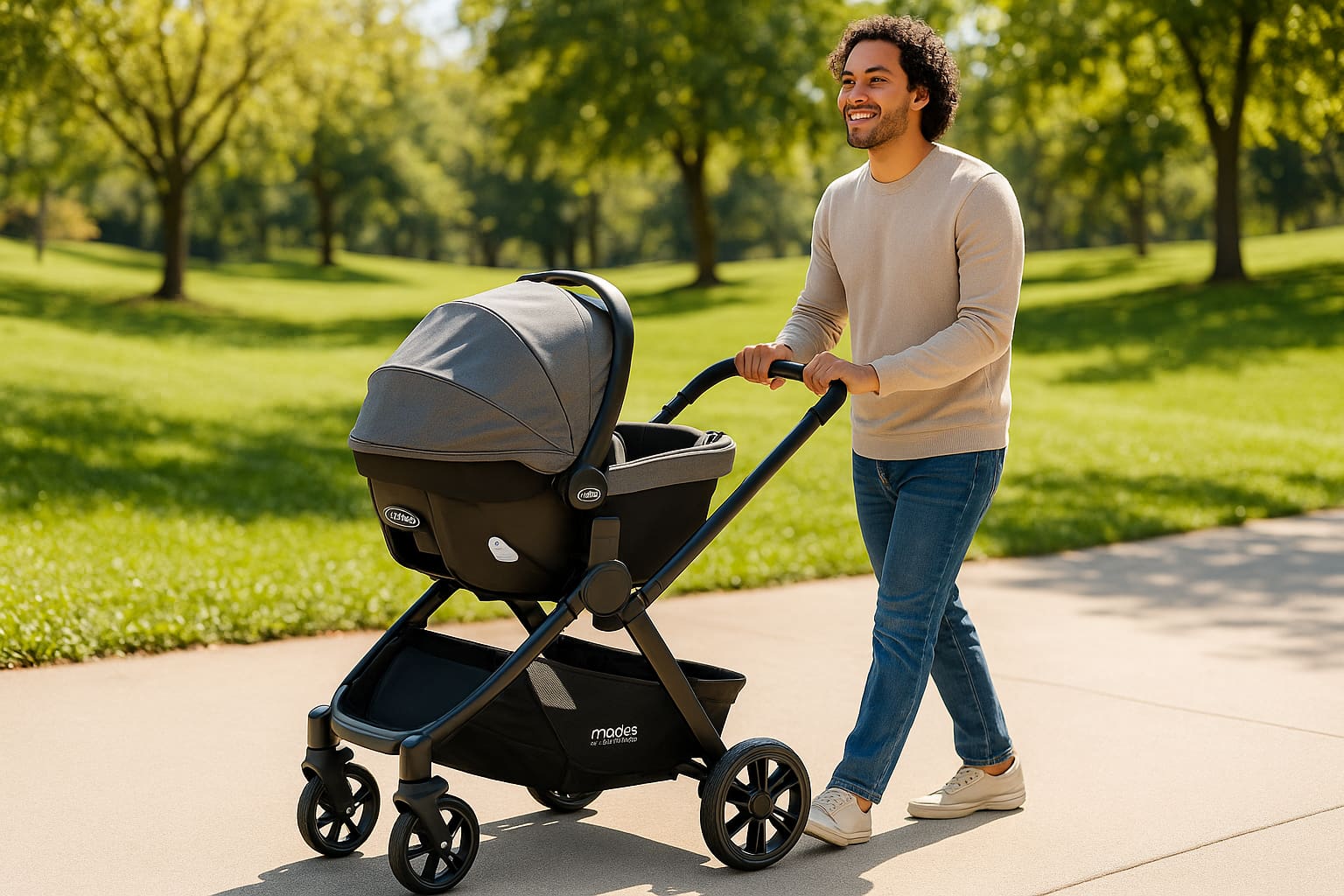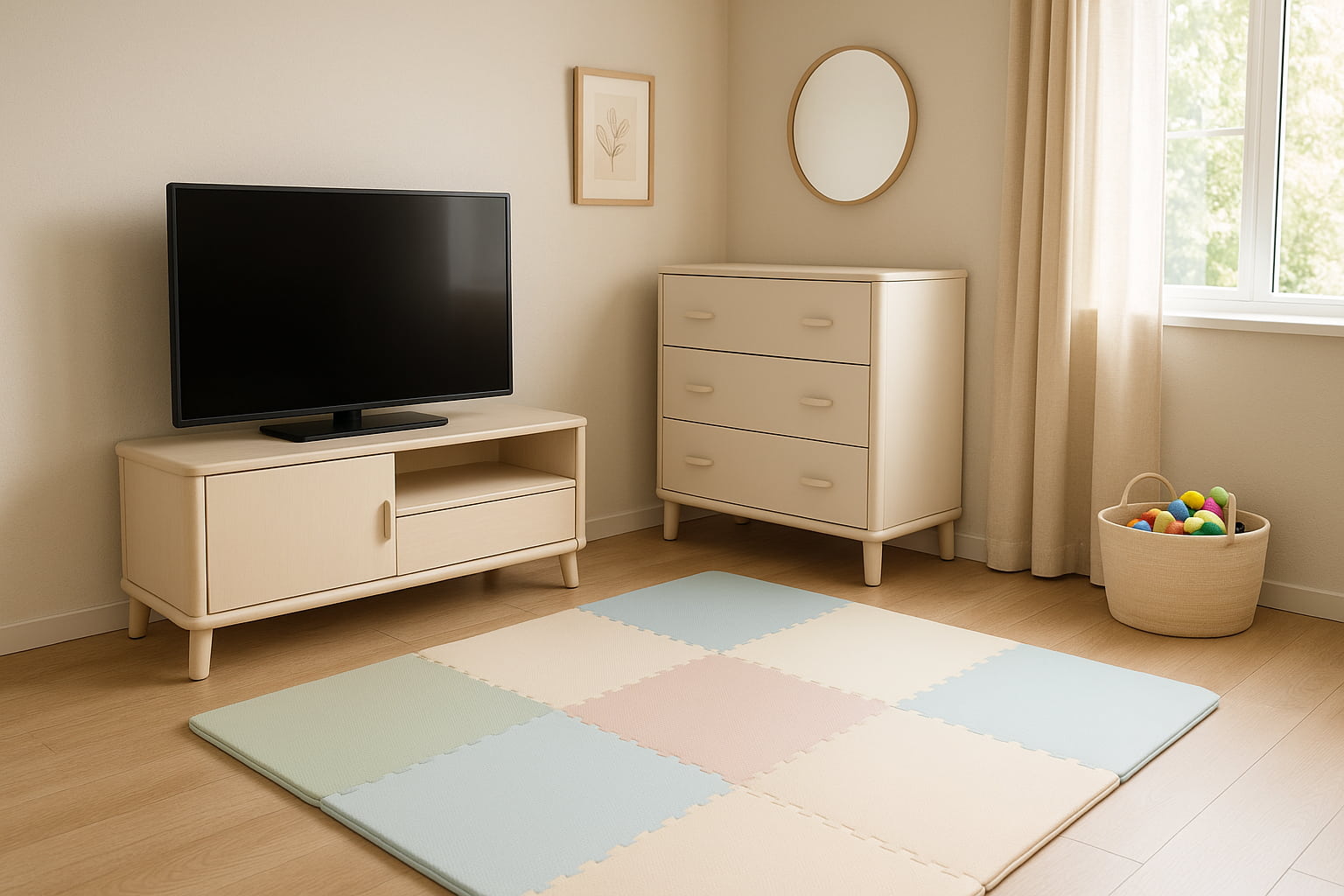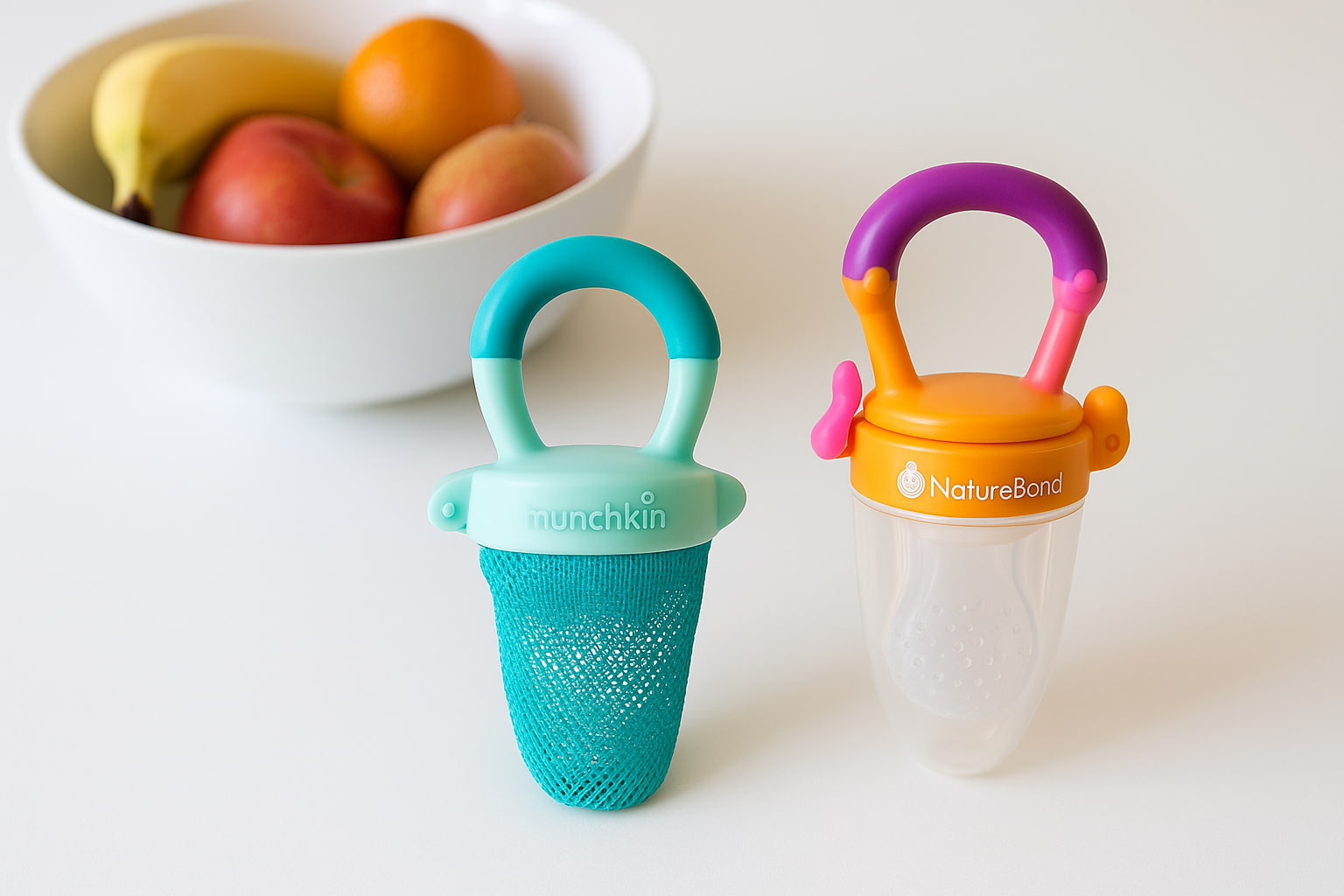🍼 Is Your Baby Safe From Everyday Choking Hazards?
Most parents babyproof the big stuff, outlets, cabinets, and sharp corners. But what about the little things?
The truth is, many choking risks hide in plain sight. We’re talking about everyday items you’d never expect, like a coin under the couch or a battery in the remote.
Here’s why it matters:
- Babies grab fast, and everything goes in their mouths
- Small items are scattered all over the house without us noticing
- Not all choking hazards are toys or food
This guide walks you through the common household items that can choke a baby, so you can make a few smart changes that actually protect your little one.
🪙 1. Coins, Pins, and Small Hardware
Coins are one of the most common choking hazards for babies. Tiny and shiny, they’re almost irresistible to curious hands.
Other small items to look out for:
- Paperclips
- Buttons
- Screws and nails
- Safety pins
🧠 What to do: Create a “no pockets” bowl near the entryway and check floors regularly.
🔋 2. Button Batteries
One of the most dangerous baby choking risks at home. Found in remotes, hearing aids, and toys, these batteries also burn internal tissue if swallowed.
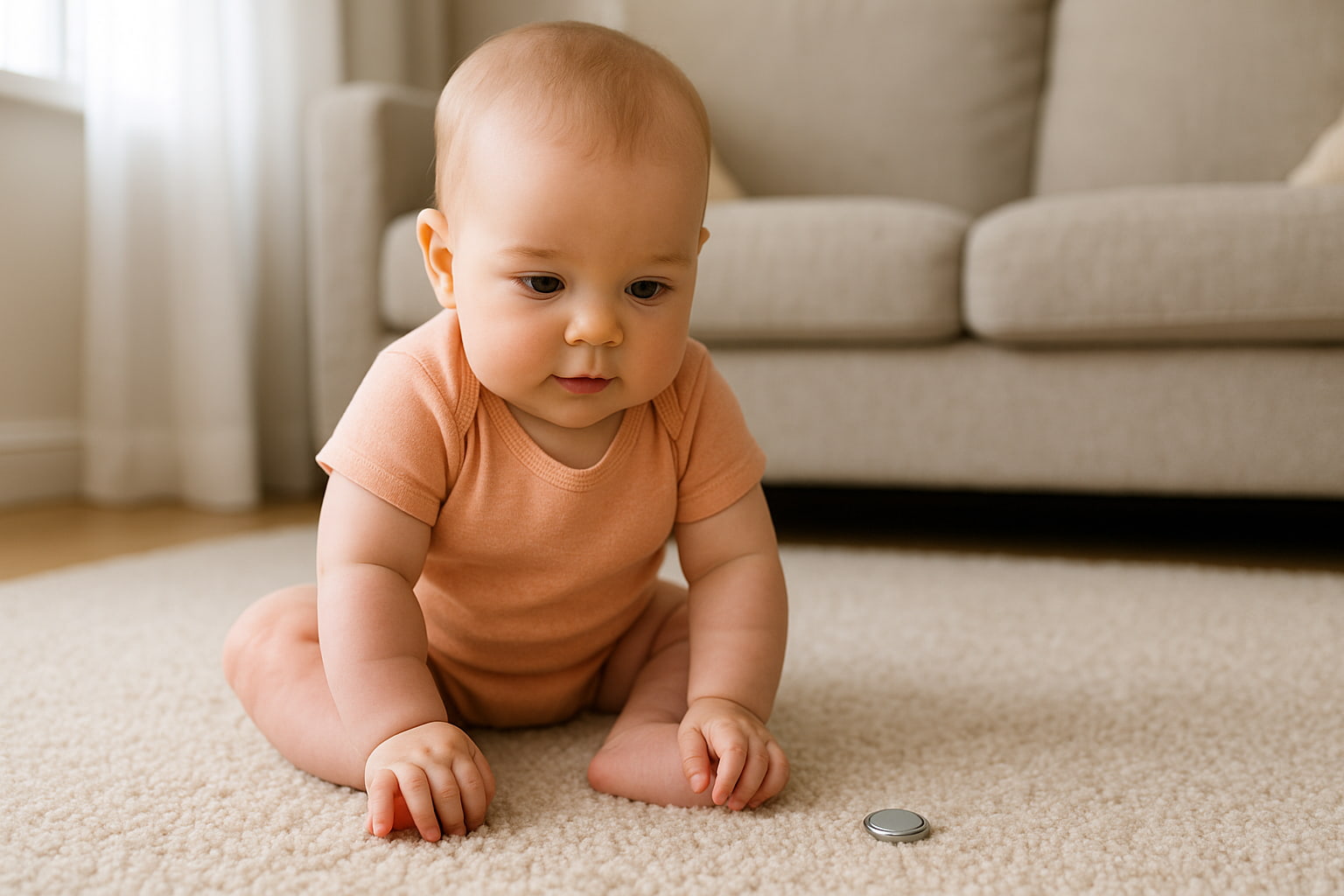
Prevention Tips:
- Secure battery covers with tape or screws
- Store spare batteries out of reach
- Replace weak ones quickly and dispose of them properly
🧩 3. Small Toy Parts from Older Siblings
Even if your baby doesn’t own tiny toys, siblings might leave them around.
Common culprits:
- Lego pieces
- Barbie accessories
- Puzzle pieces
📦 Use clear, labeled bins and keep “big kid toys” on higher shelves.
🍇 4. Food Items (When Served Unsafely)
Yes, food is supposed to go in their mouth, but some of it can be a choking hazard if not prepared correctly.
Watch out for:
- Whole grapes
- Hot dog coins
- Chunks of peanut butter
- Raw carrots or apples
Cut grapes lengthwise into quarters and steam hard foods before serving.
🥄 Curious which feeding tools actually lower choking risks? Check out our Best Baby Spoons Compared: Choking Prevention Guide. It’s made for parents who want peace of mind at every meal.
🦴 5. Pet Food and Bowls
Non-food choking hazards for babies include kibble, bones, and chew toys. Dogs and cats often leave these within crawling range.
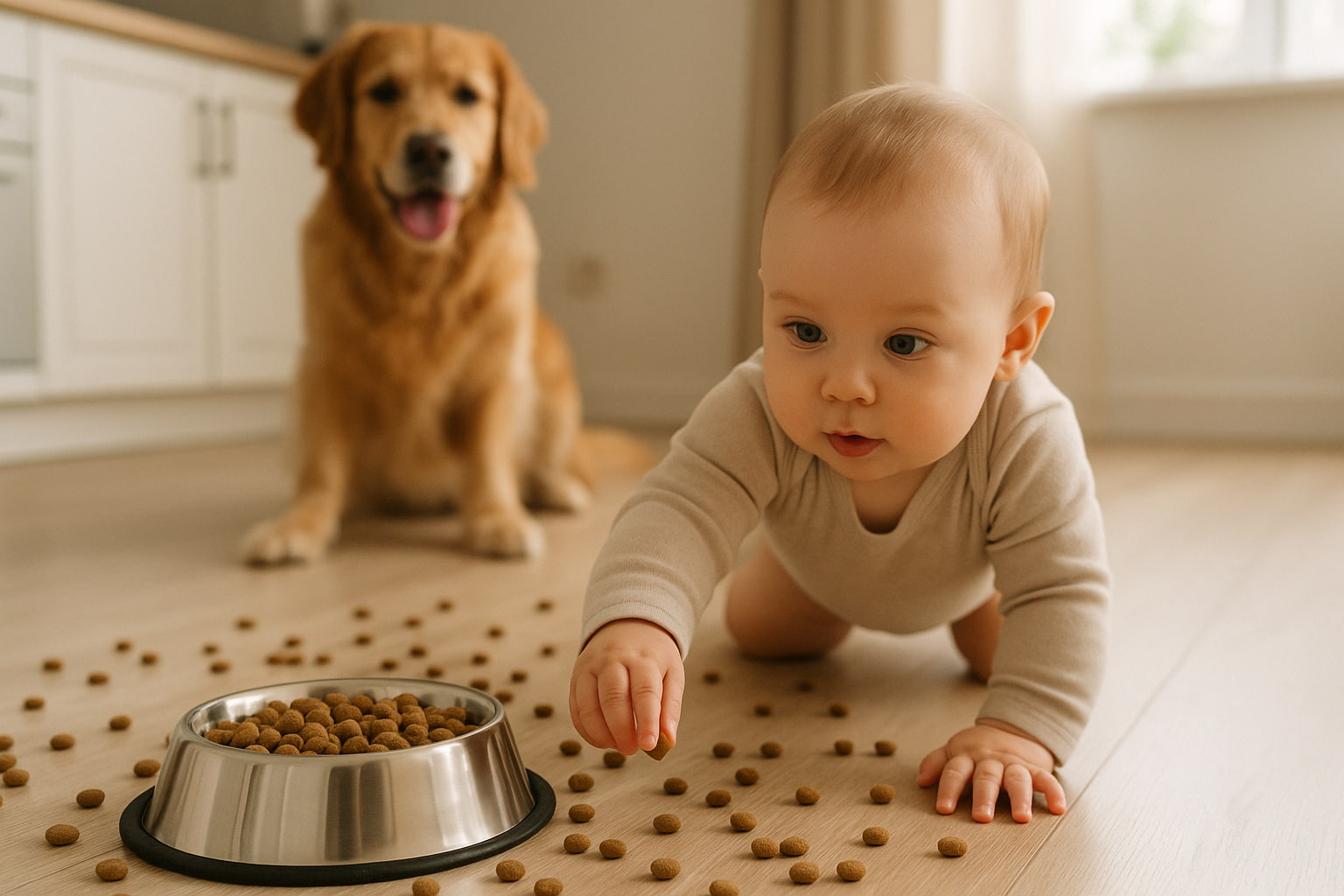
What to do:
- Feed pets behind a baby gate
- Pick up leftover food immediately
- Keep pet toys out of the baby’s play area
🧸 Ever thought about snack containers as a choking solution? We tested the Best Baby Snack Containers to Prevent Choking so you can find one that actually works for your little one.
🧵 6. Hair Ties, Jewelry, and Rubber Bands
Lightweight, stretchy, and often left lying around, these are a hidden risk.
Choking hazard checklist:
- Store accessories in closed drawers
- Avoid leaving jewelry on tables or counters
- Don’t use rubber bands to seal bags around baby areas
🔍 Did You Know?
According to the American Academy of Pediatrics, choking is the leading cause of injury-related death among children under age 4, and most of these incidents happen at home with non-toy items.
📦 7. Packaging and Plastic Bits
Throwaway items are everywhere, especially when you’re busy unpacking baby gear.
Hazards include:
- Plastic wrap
- Packaging ties
- Zipper locks
- Balloon fragments
✅ Set up a “safe discard” zone where all plastic gets dumped right away.
🍽️ The kitchen might be the heart of the home, but it’s also full of choking hazards. Our Guide to Baby-Proofing Your Kitchen covers what to fix, move, and avoid, especially during food prep chaos.
🖍️ 8. Crayons, Glue Caps, and Craft Items
If you’ve got toddlers or school-aged siblings, you’ve got art stuff.
🧠 These often slip through babyproofing:
- Crayons and chalk
- Beads and googly eyes
- Marker caps
Use latchable craft bins and set clear age boundaries for who plays with what.
🔐 9. Junk Drawer Extras
It’s the one drawer every home has, filled with random stuff that doesn’t belong anywhere else. But for a crawling baby, it’s a goldmine of choking hazards.
Look out for:
- Loose batteries or button cells
- Bottle caps, twist ties, or thumbtacks
- Paperclips, pushpins, or rubber bands
- Small tools or parts like screws and washers
Parent Tip: Install a babyproof latch, and take five minutes to sort through it. If it’s smaller than a ping-pong ball, it shouldn’t stay in there.
🛏️ 10. Under-Furniture Gaps and Floor Vents
These hidden spots are easy to forget, but they’re often full of surprise hazards, especially in busy homes.
You might find:
- Coins, buttons, or small screws
- Dried food or candy from older kids
- Tiny toy pieces or rubber bands
- Pet treats or beads from craft projects
Parent Tip: Block off large gaps with foam bumpers, and do a quick sweep under couches and beds every few days, especially in rooms your baby crawls through.
✅ Babyproofing Choking Checklist
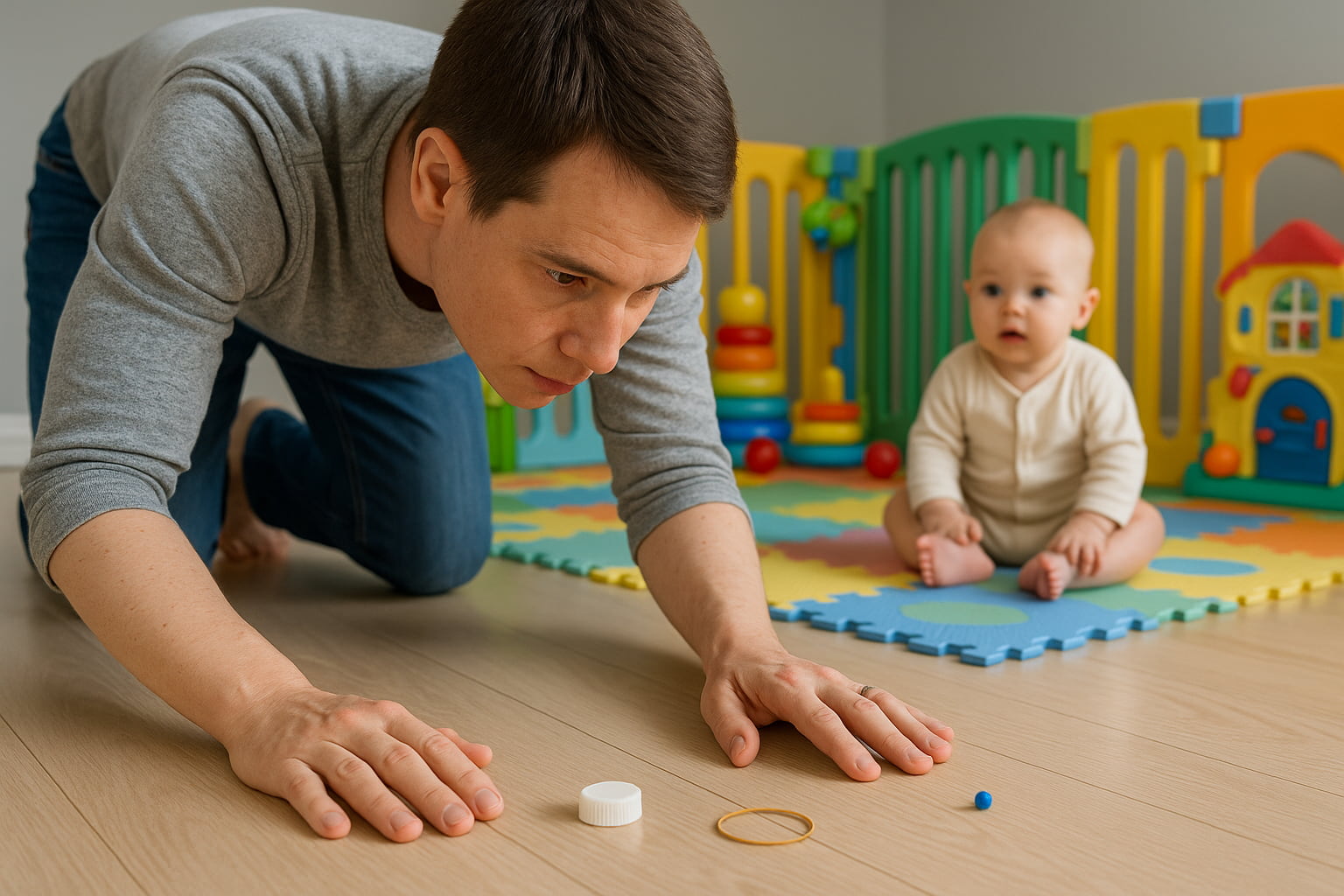
Quick steps you can take today:
- Crawl around and look from the baby’s eye level
- Anything smaller than a roll of toilet paper should be removed
- Lock drawers and pet zones
- Cut food correctly
- Teach older kids to watch for small parts
🧸 Want a play zone where you don’t have to constantly hover? Our Choke-free Play Area Setup Guide helps you build a safe space where your baby can explore with confidence.
🧸 Final Thoughts: Small Things Matter Most
Let’s be real, you can’t bubble-wrap your entire house. And you don’t need to.
The smallest things are often the most dangerous, though. That button in the junk drawer. The coin is on the floor. The battery you meant to throw away last week.
This isn’t about making your home perfect. It’s about making it safer, one small step at a time.
You’ve already done something most people don’t: you paid attention. You learned. And now, you know exactly what to look for.
So take five minutes. Crawl around. Spot the stuff you’d never notice while walking upright. You might be surprised by what’s hiding in plain sight.
And when you move that one choking hazard out of reach? That’s not just cleaning, that’s parenting like a pro.
⚠️ Disclaimer:
This article is for informational purposes only and does not replace medical advice. Please consult your pediatrician for concerns about choking prevention or babyproofing.
✍️ By Find For Baby:
Expert-backed guides from real parents who care about safety, simplicity, and growing confident families.


